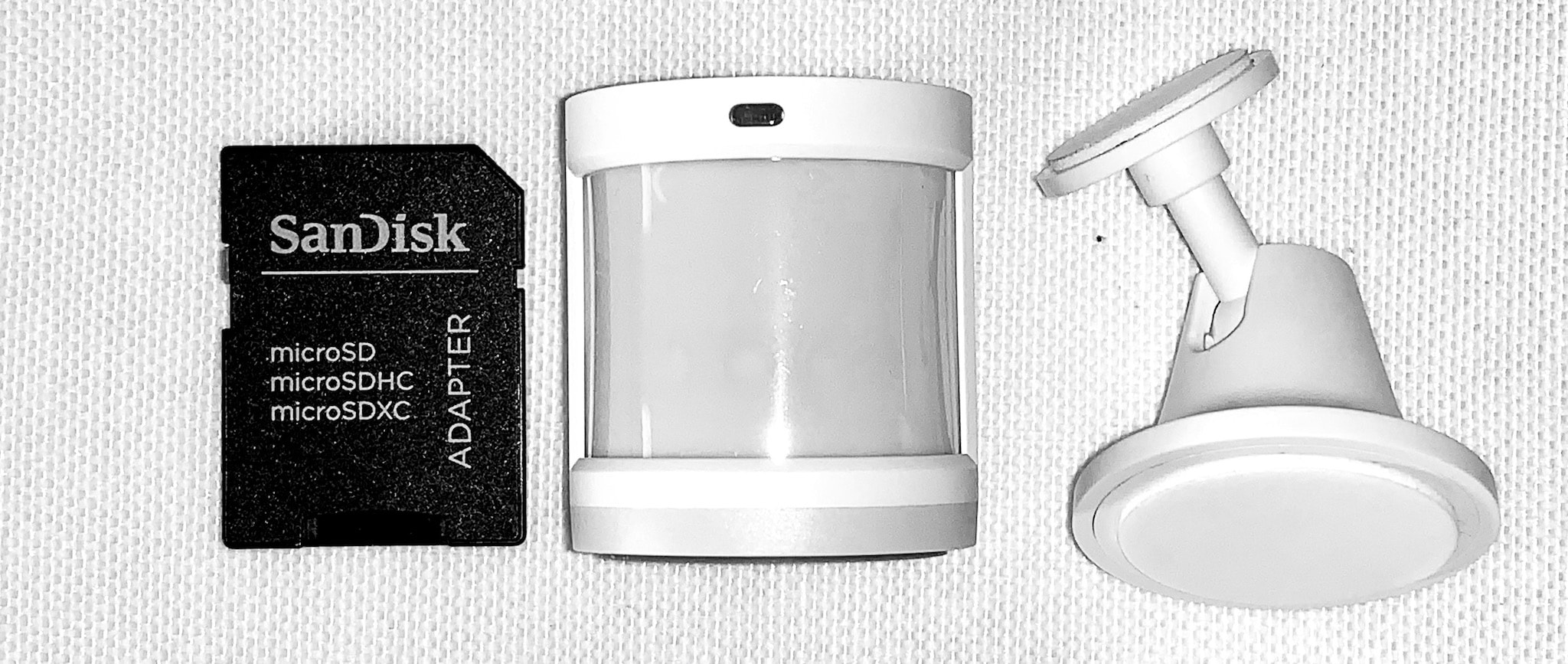My regular complaint of not having enough free time turned against me last week, big time–I ended up being housebound for a few days due to a minor health issue (just in time to have a couple of major personal ones pile on, Murphy be damned), and took some time to unplug from work and re-visit my hobbies.
Hardware
Poking at the M5Stack controller and ESP32 camera I recently got has been slow-going–the Expressif linker doesn’t like me, and I haven’t automated builds the way I usually do, plus I took a number of detours from the Homekit stuff I wanted to do to get uLisp running and tinkering with my own build of MicroPython, so… Well, it was not a very productive use of my time, although I did learn a bit more about the chipset itself.
On the home automation front, I got a couple of impossibly tiny Xiaomi Aqara PIR motion sensors:

Adding them to my zigbee2mqtt setup was uneventful save that I keep getting the odd drop-out, so I decided to rebuild my mesh topology viewer from scratch next weekend (time permitting) and see if I pinpoint signal strength/flapping issues.
Music
I’m currently more interested in learning to write music than producing it, so I haven’t touched Ableton Live in the meantime and focused instead on tapping out chord progressions on whatever device I had handy. GarageBand is perfectly adequate for that, other than being unable to filter or highlight the note grid according to a given scale (which is very frustrating and something I miss from Nanostudio 2 as well).
I’ve also found that despite my fascination with vintage synthesisers I tend to go for orchestral instruments (Cello, French horns, etc.), so I’ve been trying to get realistic ones as well.
Orchestrating
On the Mac my main source is, obviously, Main Stage, which afforded me a vast swathe of the excellent patches that also ship with Logic Pro X. I can only use them with GarageBand, but they are actually quite good – the pianos are excellent, the cellos quite expressive, and the choirs have some useful variations.
But they fall a bit flat sometimes, so I soon started looking for alternatives–Spitfire Audio and Audio Imperia (among others) make amazing orchestral sample libraries captured at great expense from live instruments, but they are (at this stage, very) expensive and require delving into the Kontakt ecosystem, which seems to be extremely popular by dint of providing some standardisation (and copy protection) across platforms and DAWs.
(I wish I could get my hands on Nucleus, for instance, but it is completely out of my reach for now.)
On iOS, Garageband has so little to show for itself in this regard that I went and got NanoStudio 2’s Acoustic packs, which have serviceable patches that allow for automating vibrato, staccato and a few more twists and let you work some feeling into the performance, with the advantage of taking up very little space on my iPad mini when compared to a “normal” sample library.
Sforzando
Fortunately, there are serviceable free alternatives out there–well, at least one. I came across a very nice free orchestral sample library in SFZ format called the Virtual Playing Orchestra, that is far from perfect has some decent solo strings and brasses that sound OK alongside the ensembles that ship with Main Stage.
I had played around with sound fonts in the past (in fact, I resorted to them five years ago when I had to build a shim to revive my battered Kawai), but I could never find really good, expressive SF2 files, so I was a bit surprised to learn about SFZ and the Sforzando player, which is a VST/Audio Unit that can play this kind of SFZ sample libraries.
Update: I got some feedback pointing me to Pianobook, which has a bunch of publicly contributed sampled instruments (most in Kontakt format, and a handful in
EXS24andSFZas well).
I still don’t have anything substantial to show for my efforts, but at least it distracts me from all the rest that’s been going on.